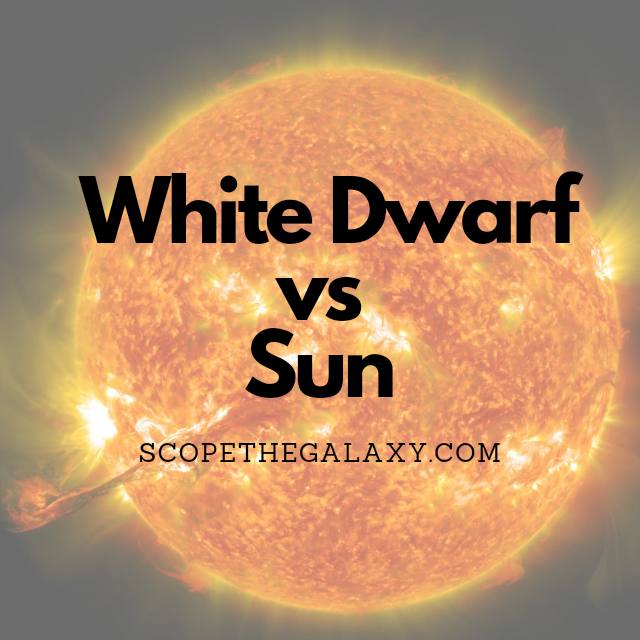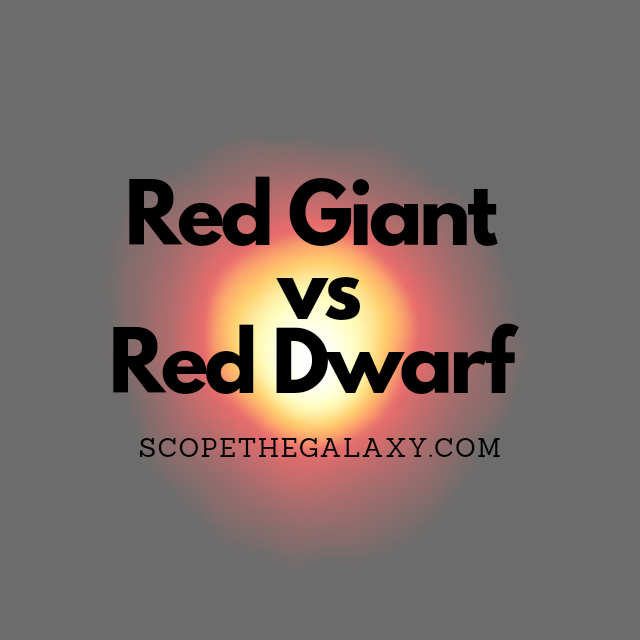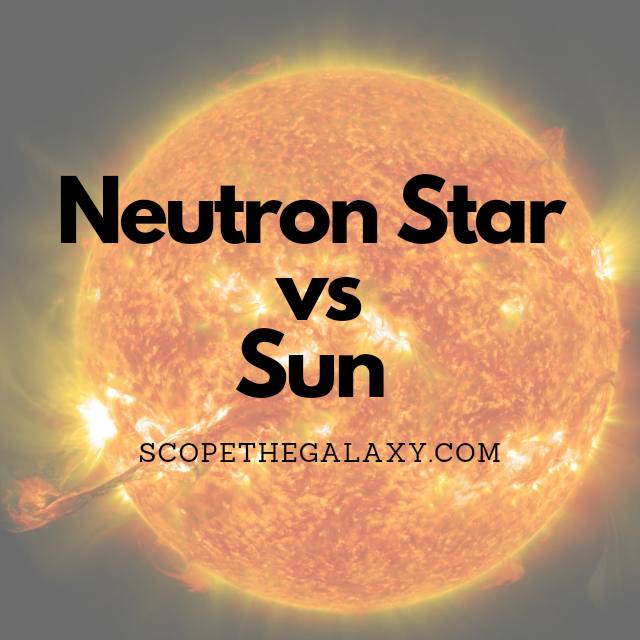White Dwarf vs Sun (How Are They Different?)
The main difference between a white dwarf and the Sun is that the Sun is still an active star in its main sequence star phase that is stil able to convert hydrogen to helium via nuclear fusion whereas, white dwarfs are the dead remnants of small to medium sized stars (like the Sun) that are … Read more










